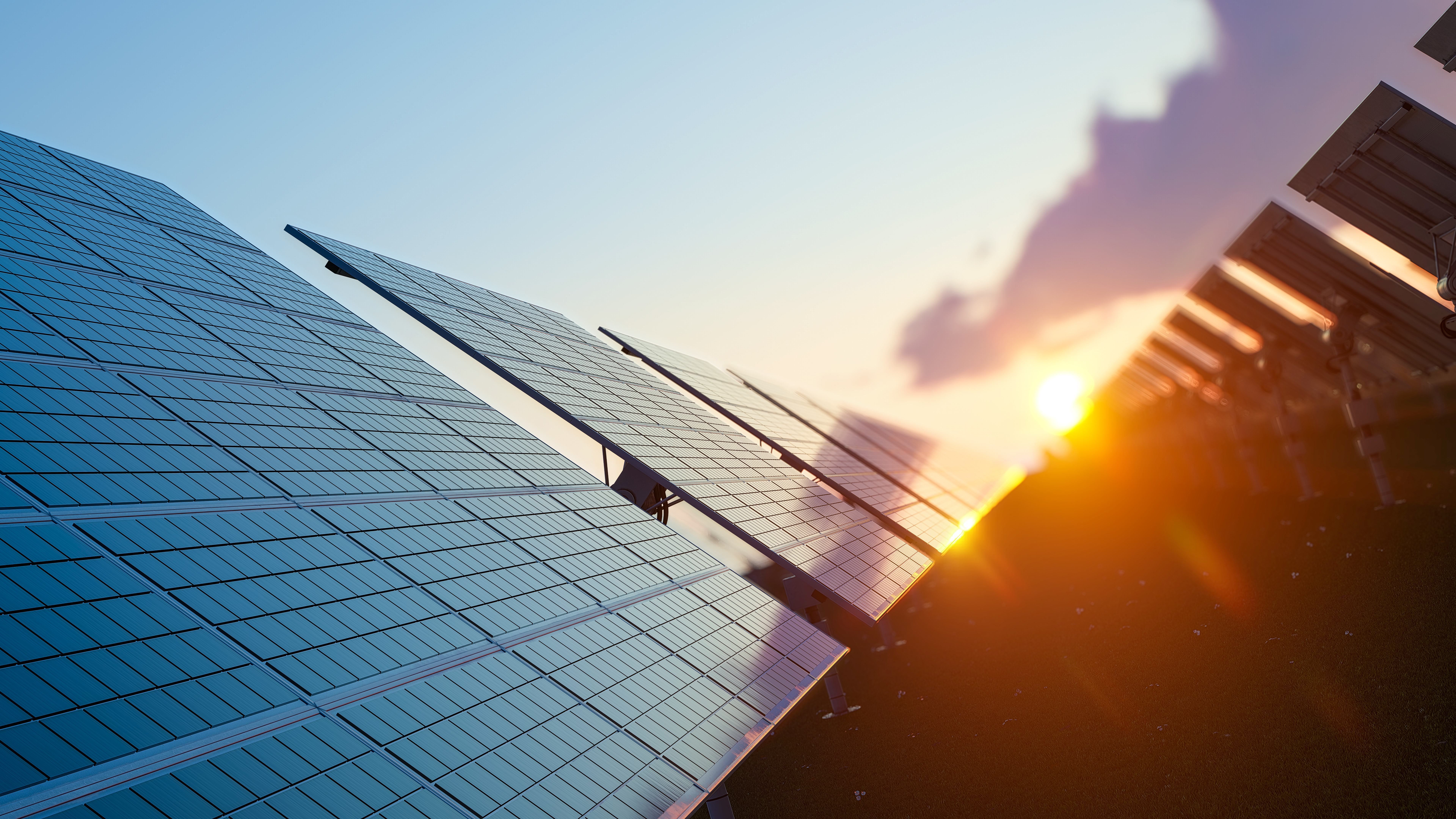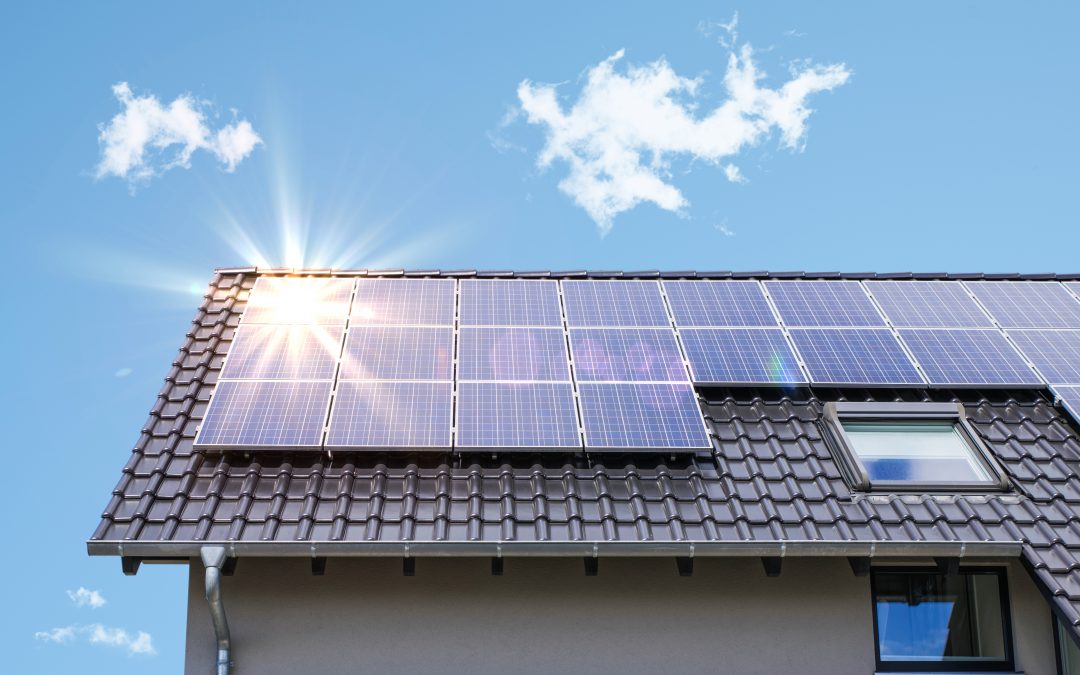Solar energy is becoming more prevalent as years go by, gaining traction as a revolutionary sustainable energy resource. This shift established the popularity of household panels and solar farms, attesting to the technology’s accessibility, thanks to rapidly declining solar panel costs and increasing solar panel ROI.
As solar energy proliferates in modern society, consumers expect prices to continue falling. Our World in Data shows a steady decrease in photovoltaic (PV) module costs from $2.15 per watt in 2010 to $0.27 in 2021. Moreover, according to Custom Market Insights, PV tech’s global market size reached $253.11 billion in 2022 from $110.42 billion only two years prior.
If you’re planning to buy a solar system, you might wonder how much you could save from a solar energy investment. Fortunately, this article will discuss how to calculate solar panel savings and solar power costs in the Philippines.
How to Calculate Solar Panel Costs in the Philippines

1. Installation expenses
Installing inverters, racks, batteries, and solar panels may be costly, particularly if you have several panels. You can use our Solar Calculator to gauge your recommended system size and installation expenses. That said, it’s also essential to consider the following factors in determining the required number of solar panels.
· Peak sun hours
It pertains to when panels receive maximum sustained sun exposure for efficient power generation. The solar system provider uses your location to determine how many panels you need based on available sunlight.
· Panel output
Each panel’s power output depends on several factors, including the number of cells per panel, its efficiency, angle, peak sun hours, and surrounding shades. If the panels don’t provide adequate power, you may need to add more, which increases installation expenses.
2. Maintenance expenses
Solar panels generally require little maintenance since rain and wind wash debris away. You should clean them at least twice a year to eliminate leaves and dirt obstructing the sun’s rays and reducing the system’s efficiency.
The good news is that solar systems are meant to be durable and withstand intense weather. However, contact your system provider for repair or replacement if you suspect that heavy wind, lightning, or flying debris has damaged them.
3. Current energy usage
The number of solar panels also depends on your energy consumption. Browse your monthly electricity bill to determine how much power your household consumes. For a rough estimate, data from the Department of Energy found that Filipino households consumed around 34 billion kWh of electricity in 2021, roughly 311 kWh per capita annually.
How to Calculate Solar Panel Savings

1. Solar system size
Again, your system size depends on your energy usage, the panels’ output, and available sunlight. More panels mean faster generation but at a higher upfront cost. Check out our solar power savings calculator for an overview of how much you can save with your solar system size.
2. PHP per kWh
Next, identify your current electricity provider’s rate per kWh. Refer to your electricity bill or your electricity provider’s website for this figure. Meralco, the Philippines’ largest power distributor, charges around ₱11 per kWh, but rates vary depending on the provider, the country’s economic performance, generation charges, and other variables.
3. Sun hours average per day
As mentioned, available sunlight determines the panels’ power generation efficiency. Since the Philippines sits close to the Earth’s equator, daylight generally lasts 12 hours daily. However, discounting minimal light during sunrise and sunset, not to mention the periods during typhoons and monsoons, you may have lower daily sun hours peaking at around four to five hours.
4. Performance rate
A solar system’s performance rate is the amount of sunlight it converts into electricity. Your system’s performance rate depends on available sunlight and the panel’s age, type, and angle. For instance, panels that are 10% efficient output power equivalent to 10% of the sunlight hitting them. Ideally, the system should perform at more than 20%, around the average efficiency rating.
How to Determine Your Solar Panel Payback Period

The solar payback period is the time it takes for your solar energy investment to break even. For instance, if the system costs ₱25,000, the solar payback period lasts until you save ₱25,000 in electricity bills or make the same amount from incentives by net metering.
Calculate the solar payback period with the following formula:
(Total cost – rebates/incentives) ÷ Estimated savings/year = Solar Payback Period in years
Take your system’s total cost and subtract any rebates and incentives received from the purchase. Then, divide the difference by your annual estimated savings. The quotient is the years it would take to reach the amount you initially spent on the system.
Furthermore, the formula assumes your electricity rate per kWh won’t increase. Otherwise, expect higher savings and a shorter payback period.
Save More with Solar Panels
Purchasing a solar system is generally tough on your wallet, given the upfront costs. However, solar energy is an investment that significantly reduces electricity expenses and saves money in the long run. As manufacturing costs drop, solar technology will become even cheaper over the next few years.
Make informed decisions and consider expenses and possible savings to guide your solar energy investment. However, if you need help deciding if a solar system fits the bill, look no further than SolarNRG.
SolarNRG is the leading solar technology provider in the Philippines and overseas. We’ve helped households and businesses minimize electricity expenses by providing sustainable and budget-friendly solar systems.
Contact us to learn more about our Solar Panel Systems!


Recent Comments